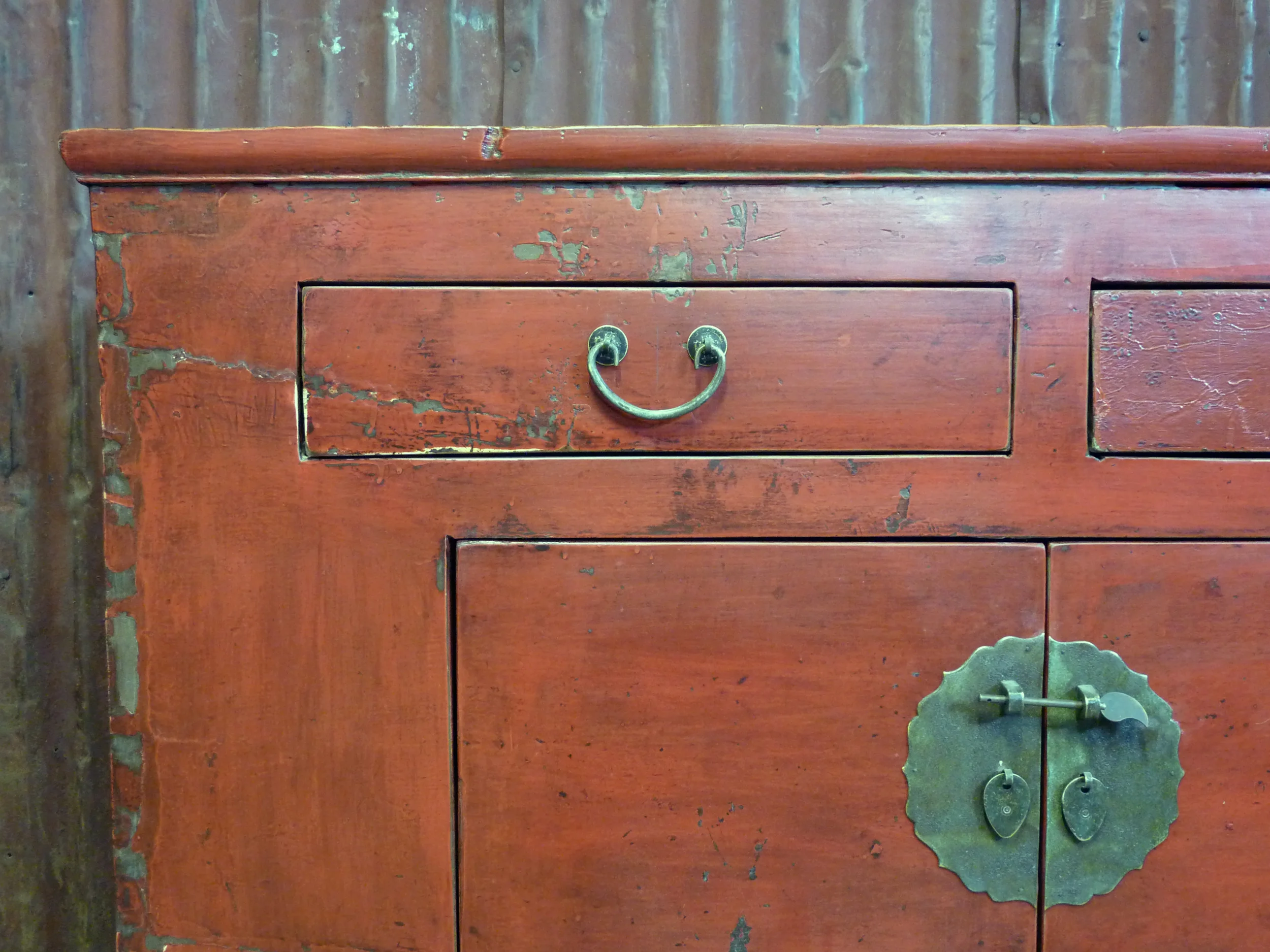“Red was believed to have magical powers against evil, being the color that most represented the principle of yang and the element of fire.”
Chinese red, or vermilion, has been regarded as the color of life in Asia since ancient times. It is used to paint temples, furniture, the carriages of the Emperor, and lacquerware. Red is one of the five basic colors in the Chinese worldview; the others being white, blue/green, yellow and black.
Red symbolizes joy, and is often associated with festive celebrations and special occasions. Brides still wear red as a talisman for good luck. Red was the official color of the Ming Dynasty - the royal princes wore red robes with embroidered dragons.
Red is a homophone for 'vast'. Since the word for bat is a homophone for the word for luck, a red bat means 'vast good luck'. Chinese furniture is often adorned with red bats.
Red is associated with the southerly compass point, and the Red Bird constellation in the southern hemisphere is predominant in the skies from spring until autumn
The red lacquer used for painting furniture initially came from the Chinese lacquer tree, Toxicodendron vernicifluum. The resin of the tree, called urushiol, was caustic, and caused a reaction similar to poison ivy. Painted on wood, it hardened into a natural, very hard surface. The pure sap was dark brown. About the 3rd century BC, artisans began coloring the sap with powdered cinnabar or with red ochre (ferric oxide), giving the sap a red-orange tint. A synthetic vermilion, made from mercury and sulfur, was much cheaper, and allowed large scale production of Chinese lacquerware starting in the 8th century BC.

